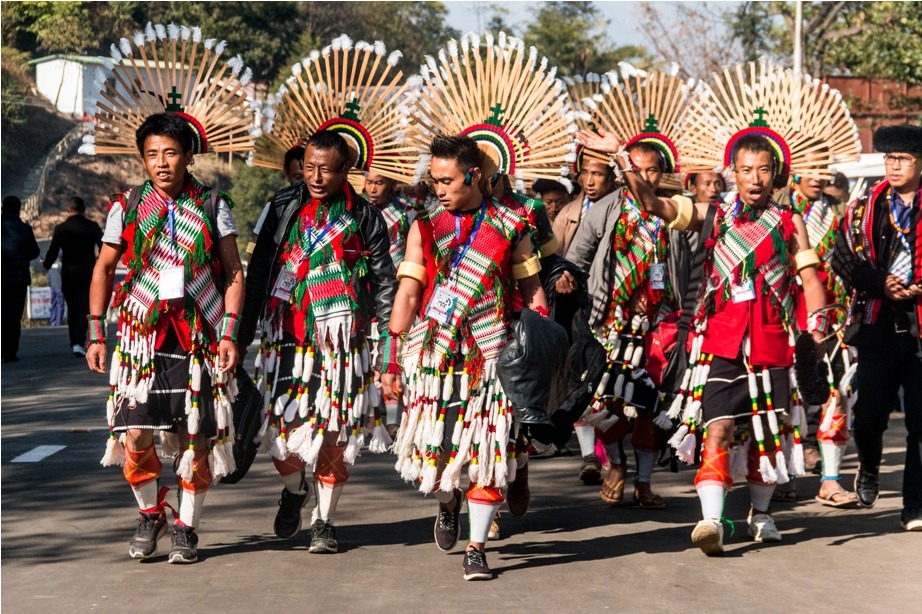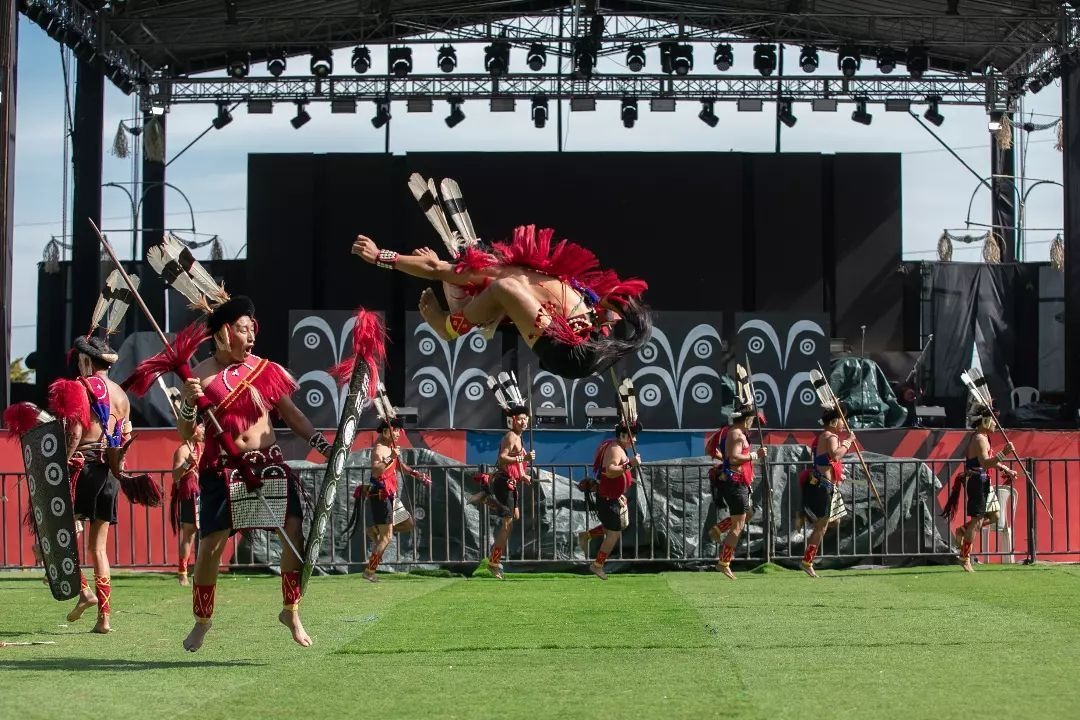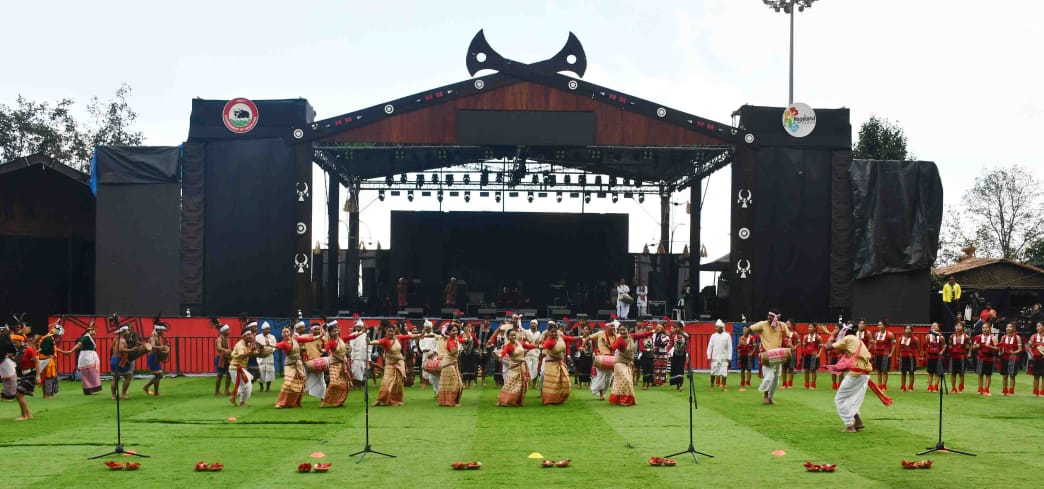
Kisama: The 24th Hornbill Festival, a cultural extravaganza of Nagaland, concluded today at Naga heritage village Kisama, around 10 kilometres away from Kohima in the presence of hundreds of domestic and foreign tourists along with local people.
Organised by the Nagaland Government from December 1 to 10, 2023, to showcase the State’s deep-rooted traditions and its rich cultural heritage with all its ethnicity, diversity and grandeur, the spectacular festival had the diplomatic collaboration with the United States of America, Germany, and Colombia, where Assam was a partner State.
Also read: Hornbill Festival: A tribal festival goes global
Known as the festival of festivals, it’s a collaborative celebration of all the Naga tribes. It’s also a tribute to the great Hornbill, an admired and revered bird for the people of Nagaland and other parts of northeast India. Chief host of the festival, Nagaland Governor LA Ganesan commented that it was more than just an event to showcase the Naga people’s rich culture and a celebration of their enduring spirit and deep-rooted traditions.
Nagaland chief minister Neiphiu Rio revealed that all tribes and sub-tribes of Nagaland celebrate dozens of festivals throughout the year and all of those culminate at the Hornbill Festival epitomising the unity, diversity and oneness of the Naga people. He pointed out that the festival reflected the closer understanding of the local people offering a ringside view of the elusive land and its inhabitants and their culture.
The Dimapur-based North East Zone Cultural Centre (NEZCC) under the Union Cultural Ministry also conducted a day-long programme yesterday at the splendid venue. A colourful choreographic folk dance presentation by 120 indigenous artists with live music with the theme ‘Colours of Northeast India’ showcased eight different ethnic tribes and communities from the eight northeastern States.
The artists from Tripura, the land of handicrafts and music, performed the Hojagiri dances of the Bru and Reang tribes, whereas the performers from Mizoram, the land of highlanders, presented Cheraw dances. The artists from Arunachal Pradesh, the land of the rising sun, performed the Rikhampada dances of the Nyishi tribe, followed by the Nzanta dances of the Lotha tribe from Nagaland.
The performers from Manipur, the land of jewels, presented Lai Haraoba and artists from Sikkim, the land of snow lion and mountains, performed Tamang Selo of the Tamang community. Wangala dances of the Garo tribe were presented by performers from Meghalaya, the abode of clouds, whereas the artists from the land of red rivers and blue hills performed Bihu dances. The cultural programmes were curated by Sangeet Natak Akademi awardee and also the director of NEZCC Prashanna Gogoi, who was assisted by Rajesh Boro, Anjoy Kachari, Brajen Boro and Rajib Boro.
*Senior journalist









